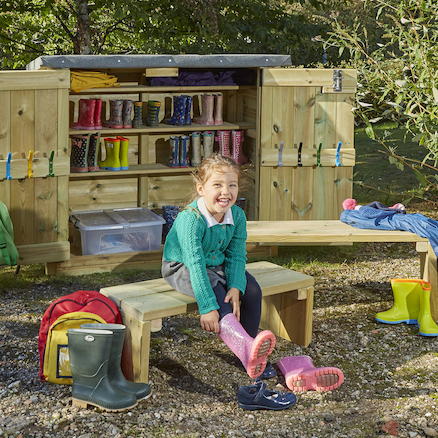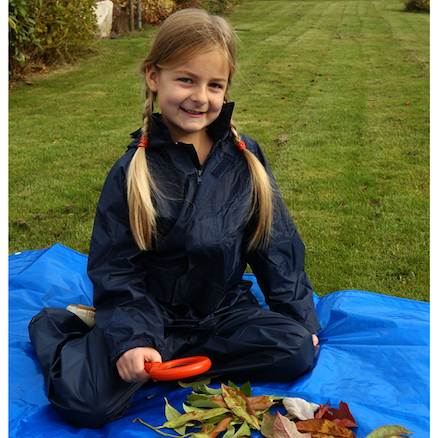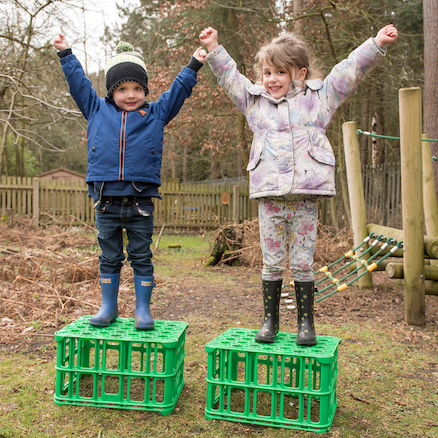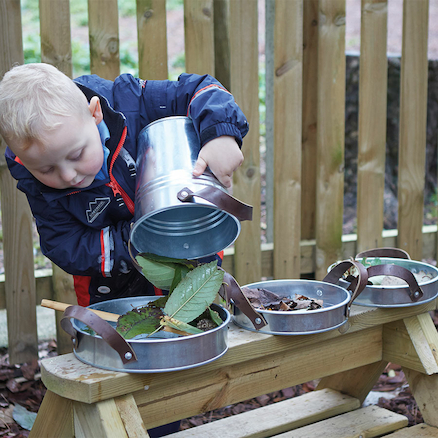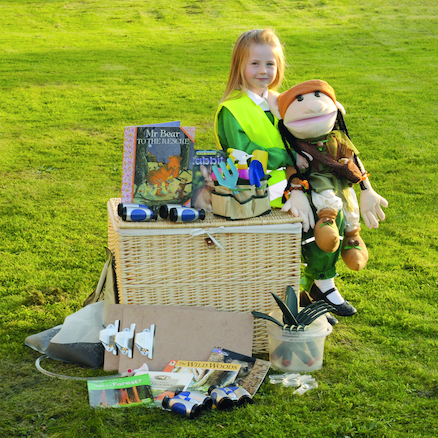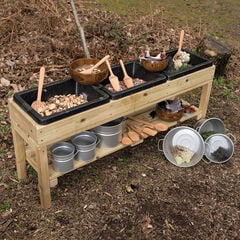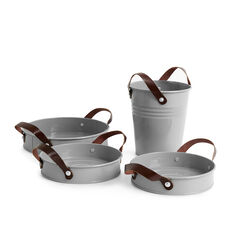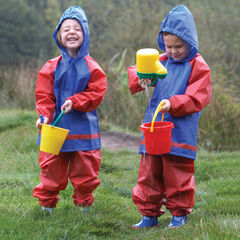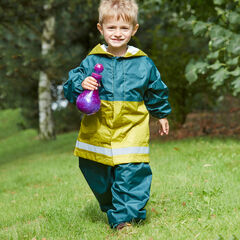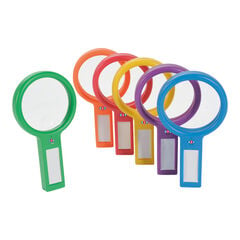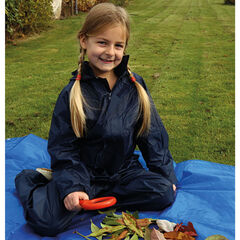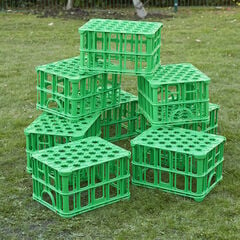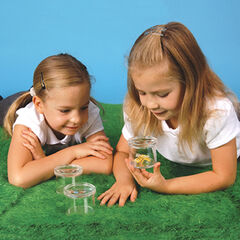Caroline Higham is the Forest School Leader at Sir John Moore School, Derbyshire and she introduced Forest School at her school back in 2016. In this blog, Caroline explores the origins of Forest School, her Forest School journey and how it can benefit children.
The History
Forest School in the UK has been adapted from a Scandinavian approach to learning. The original source of the concept was from Sweden in the 1950’s and spread to other Scandinavian and European countries. The Danish Forest Schools, established for pre-school children (under 7 years) in the 1980’s stemmed from their Early Years Education. In the mid 1980’s a group of nursery nurse students and lecturers from Bridgewater College, Somerset visited Denmark and witnessed the benefits of the Danish Forest Schools first hand. They were so inspired that they brought the concept back to the UK and started what is now recognised as ‘Forest School’.
My journey
I became a Forest School Leader back in 2016, gaining a Forest Schools Practitioner Open Award Level 3 through Archimedes Training. I was very fortunate that the neighbouring Farmer offered me the use of his forest at no charge and was happy to work with me in setting up the area to include a fire circle, safe access and up keep of the forest. We have the added bonus of feeding the animals, watching the crops grow, lots of tractors and the awe and wonder of the changing seasons.
I take my class of Reception children to the forest every Wednesday morning for our ‘Welly Wednesday’ session with my group of trusty volunteers. The children wear their old clothes, wellies and waterproofs. We visit the forest in all weathers!
The Benefits
The outdoors environment is the perfect setting to develop resilient, confident, independent, creative learners whilst also improving their health and well-being. Weekly sessions in all weathers fosters resilience and creativity. Children learn how to adapt and change the way in which they tackle activities in different weather conditions. Children are encouraged to take risks and work in an area and undertake tasks out of their comfort zone. Many children have never climbed a tree before or even been allowed to get muddy! This can be a huge step forward for some children. Their confidence grows physically and emotionally.
The woodland is an open ended resource and never fails to offer awe and wonder. This encourages motivation and creativity as it offers a huge, diverse, ever changing supply of materials through the seasons. Children are encouraged to investigate, explore, think critically, manage risks, take decisions, work with others and challenge themselves.
There is excitement and ‘whoops’ of joy as children succeed in mastering a tool, building a den, making marks using a natural paintbrush that they have made, finding insects, watching leaves fall, cooking on an open fire, the list is endless and will never be forgotten by them or the adults.
As a Leader I am not there to teach, but to ensure that their ideas, resources and opportunities to learn are available for all children to access in whichever learning style suits them best. Every effort is made not to put time constraints on children and therefore deep level learning takes place. Adults are encouraged not to interrupt children’s learning but to observe and ensure that they know what challenges are needed next to build on learning. Children need to be motivated and hooked, not switched off, to become independent and creative learners.
Children are encouraged to take control of their own learning. They are encouraged to think critically, be adaptable and try to solve problems independently. Over time they understand that they do not need to rely on adults if things do not go to plan. They learn when to ask for help from peers and adults after all other avenues have been explored. They realise that there is no right or wrong way – it is whichever way suits you best.
When I explain to parents that we are going to use hammers, nails and saws with our 4 and 5 year olds the look of horror is priceless. Children when shown how to use tools safely with rules, gloves, support and in a safe environment is great fun. Not allowing children to do something just in case there is an accident is not the way to manage risks. Children will not gain the skills to learn how not to fall out of a tree or hit their thumb with a hammer etc. The benefits outweigh the risk. Children’s self- esteem, confidence, resilience and independence grows.
The benefits of Forest School have been noticeable in and out of the classroom. Forest School sessions are now implemented throughout the school from Year 1 to 6, with each year group having a weekly session over a half term period. Extra afternoon sessions are accessed by children who would benefit from smaller group activities improving, team work, communication, gross motor skills, fine motor skills etc. Children also have the opportunity to take part in an After School Forest School Club.
Thank you to Caroline Higham, Forest School Leader at Sir John Moore School, Derbyshire, for writing about how she implemented Forest School in her school and the benefits she has observed.


